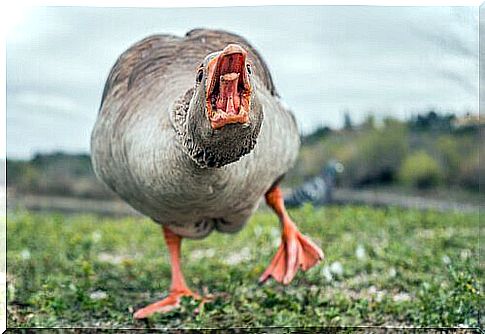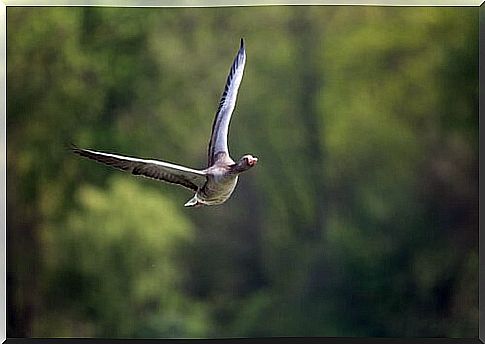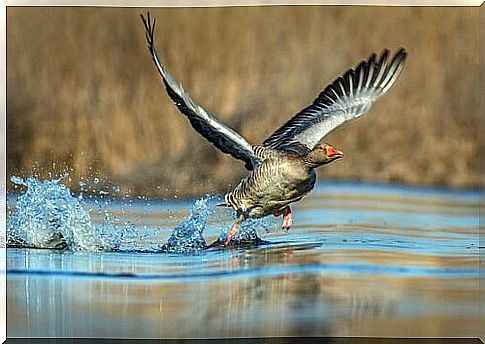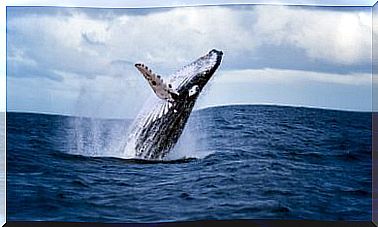Goose Characteristics And Behavior

The goose is a water bird similar to the duck, but larger in size and weight. Your first three fingers are joined by a membrane that allows you to swim in water. It has existed for thousands of years, was created by the Romans and other European cultures and, in addition, considered a sacred animal by the Egyptians for 4,000 years.
Little by little, and over the years, the goose has been integrated between pets and domestic farms. It is worth noting that there are more than 40 subspecies of geese.
Unlike what happens with other bird species, thanks to its plumage, the goose has great resistance to diseases and adverse weather conditions. This physical strength allows it to be raised outdoors throughout the year and, furthermore, it does not need much care.
a loyal companion
One of the characteristics of the goose that is now somewhat forgotten, but that was once of great popularity and use in the past, is its high degree of loyalty, both to its breeders and to other geese.
Interestingly, a goose is as easy to train as a dog and also has a very efficient sense of smell. It quickly gets used to the man and is very useful to him. His scandalous behavior in the face of the arrival of strangers in his territory is curious.

Although in ancient times this bird was appreciated for these attributes, today its use is far from domestic. Now it is bred to have its meat consumed, as well as its eggs and liver, from which the famous pate is made. Some of its natural predators are the fox, the owl and the raccoon.
Excellent physical qualities of the goose
There are several types of geese and they are all migratory birds. Some species, like the Canadian, can fly at speeds between 40 and 70 miles per hour (approximately 64 and 112 km/h).
Also, he spends most of his day looking for food. It can weigh up to 15 kilos and be one meter long, just like the Toulouse Goose. This species lays about 50 eggs a year, which in some cases can reach 200 grams.
Even though the goose is an aquatic animal, it spends most of its time flying. Its wings can measure up to two meters. Furthermore, it is very fast and maintains an average speed ranging from 48 to 60 km/h. This speed can be increased to up to 90 km/h, in case he feels threatened.

Guidance and communication
It is one of the most oriented animals and can return to the nest in which it was born after a year of being abandoned. This bird migrates in groups, forming a perfect ‘V’ in the sky. During his journey, he yells to encourage his tired companions. The specimens in the back of the group replace the ones in the front, when they are tired.
The goose is one of the species with the greatest degree of companionship. In case some become ill or become too exhausted during the migration journey, it is common for them to leave the group. However, some of his companions go to his aid and even stay with him until he gets better.
This bird communicates through the use of more than 10 different sounds, each according to the different situations in which it finds itself.
a totally faithful bird
The goose’s fidelity also encompasses his “marital” life. Each chooses his partner at age three and keeps him until death. When the end comes for one of the two, the bird spends time in solitude, until it finds another goose to breed.
With regard to reproduction, it occurs annually: the female usually lays five eggs and hatches them for a month. Both parents participate in caring for predators and then in rearing the offspring.
Goose chicks are capable of flying as soon as two or three months of age. Throughout life as a couple, the male behaves very protectively towards the female.









